 I was recently very surprised to discover that Kali Malone is from Colorado, as she has been quite an uncannily ubiquitous and quietly influential presence in European experimental music circles over the last couple of years. That role is especially remarkable given how her solo work increasingly sounds like it could have been composed a few hundred years ago (a direction largely rooted in a fateful meeting with an organ tuner). This latest release is the culmination of Malone's recent passion for pipe organs, following in the wake of last year's brief yet excellent Organ Dirges 2016-2017 EP (Ascetic House). The two releases are quite similar aesthetically, as Malone remains quite found of slow-moving and meditatively drone-like compositions, but The Sacrificial Code is simultaneously simpler and more ambitious than its concise predecessor.  In fact, this sprawling double album of organ works is an absolutely monolithic statement (and a fitfully mesmerizing one at that). To my ears, it admittedly errs a bit on the side of overwhelming, but The Sacrificial Code is probably exactly the album that longtime fans were hoping Malone would someday release.
I was recently very surprised to discover that Kali Malone is from Colorado, as she has been quite an uncannily ubiquitous and quietly influential presence in European experimental music circles over the last couple of years. That role is especially remarkable given how her solo work increasingly sounds like it could have been composed a few hundred years ago (a direction largely rooted in a fateful meeting with an organ tuner). This latest release is the culmination of Malone's recent passion for pipe organs, following in the wake of last year's brief yet excellent Organ Dirges 2016-2017 EP (Ascetic House). The two releases are quite similar aesthetically, as Malone remains quite found of slow-moving and meditatively drone-like compositions, but The Sacrificial Code is simultaneously simpler and more ambitious than its concise predecessor.  In fact, this sprawling double album of organ works is an absolutely monolithic statement (and a fitfully mesmerizing one at that). To my ears, it admittedly errs a bit on the side of overwhelming, but The Sacrificial Code is probably exactly the album that longtime fans were hoping Malone would someday release.
Give us an hour, we'll give you music to remember. This week we bring you an episode with brand new music from Softcult, Jim Rafferty, karen vogt, Ex-Easter Island Head, Jon Collin, James Devane, Garth Erasmus, Gary Wilson, and K. Freund, plus some music from the archives from Goldblum, Rachel Goswell, Roy Montgomery. Rubber ducks and a live duck photo from Matthew in the UK. Get involved: subscribe, review, rate, share with your friends, send images! |



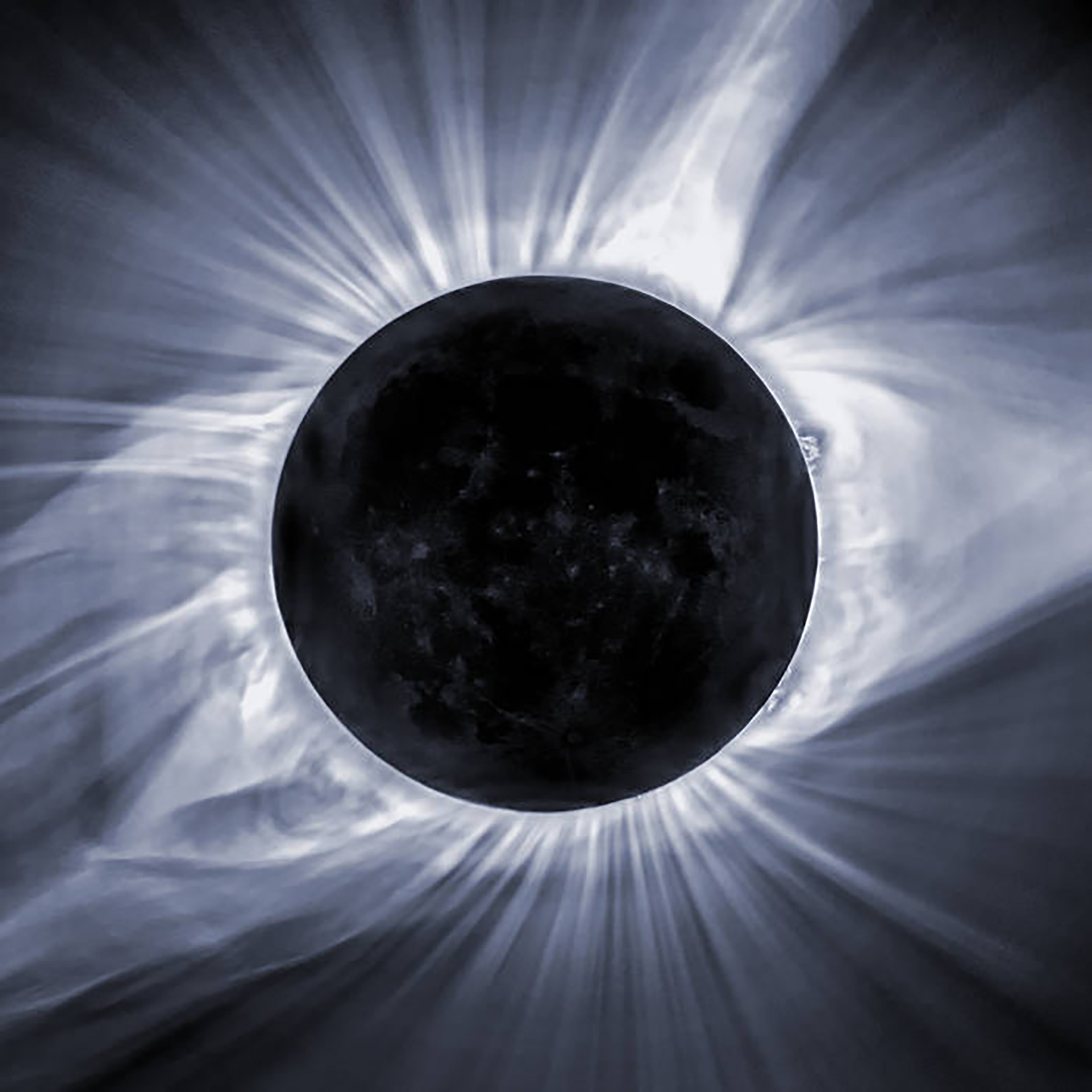 This latest release from Lea Bertucci ambitiously follows in the footsteps of Pauline Oliveros' landmark Deep Listening album (1989), though site-specific performances are certainly nothing new for the NY-based saxophonist/composer. In this instance, the site was the Marine A Grain Elevator at Silo City in Buffalo, which NNA Tapes describes as a "silent, hulking concrete corpse" that stands 130 feet tall. Unlike Oliveros, Bertucci chose to make her celebration of extreme natural reverb largely a solo affair, using the 12-second decay of the cavernous enclosure to create a rich haze of sustained drones and ghostly harmonies. After the initial performance, however, she reworked the material with the aid of some collaborators, so the final album is a bit more complex and layered than a solo sax performance might have been. Not much more though, as Resonant Field's primary appeal lies in those original performances, making it a very different animal than its more composed predecessor Metal Aether.
This latest release from Lea Bertucci ambitiously follows in the footsteps of Pauline Oliveros' landmark Deep Listening album (1989), though site-specific performances are certainly nothing new for the NY-based saxophonist/composer. In this instance, the site was the Marine A Grain Elevator at Silo City in Buffalo, which NNA Tapes describes as a "silent, hulking concrete corpse" that stands 130 feet tall. Unlike Oliveros, Bertucci chose to make her celebration of extreme natural reverb largely a solo affair, using the 12-second decay of the cavernous enclosure to create a rich haze of sustained drones and ghostly harmonies. After the initial performance, however, she reworked the material with the aid of some collaborators, so the final album is a bit more complex and layered than a solo sax performance might have been. Not much more though, as Resonant Field's primary appeal lies in those original performances, making it a very different animal than its more composed predecessor Metal Aether.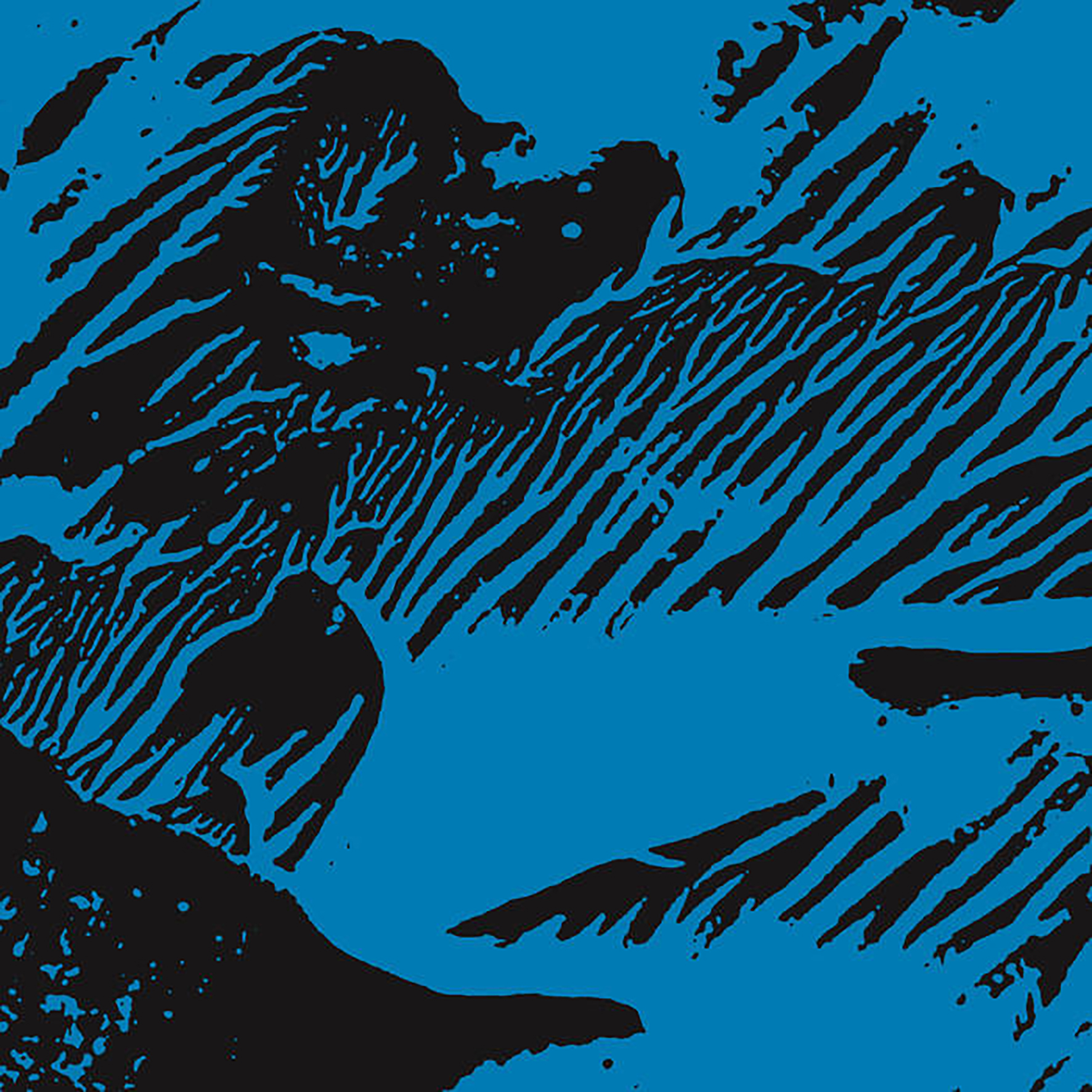 This second installment of Blank Forms' ongoing Christer Hennix archival series is quite a radical departure from the wonderful Selected Early Keyboard Works, which is a hell of a surprise as both albums originate from roughly the same period (Stockholm, 1976). The key difference is that Keyboard Works was composed of (mostly) solo rehearsal tapes made during the Dream Music Festival, while Hegikan Roku captures the ensemble's actual public performance. In fact, it was to be The Deontic Miracle's only public performance, as Hennix wryly notes that the trio were "the most rejected band ever formed in Sweden." While that is somewhat heartbreaking, it is easy to see why this project was not warmly embraced: challenging art is often described as being "ahead of its time," but The Deontic Miracle must have seemed like they existed outside of time altogether. Even by today's standards, an amplified Renaissance oboe and sarangi trio playing dissonant, Just Intonation drone music would likely clear a room instantly (as would a lot of other albums that I like). As such, this is definitely one of Christer Hennix's most difficult releases, but it features some very bold and uncompromising work indeed. It is wonderful to see it finally surface.
This second installment of Blank Forms' ongoing Christer Hennix archival series is quite a radical departure from the wonderful Selected Early Keyboard Works, which is a hell of a surprise as both albums originate from roughly the same period (Stockholm, 1976). The key difference is that Keyboard Works was composed of (mostly) solo rehearsal tapes made during the Dream Music Festival, while Hegikan Roku captures the ensemble's actual public performance. In fact, it was to be The Deontic Miracle's only public performance, as Hennix wryly notes that the trio were "the most rejected band ever formed in Sweden." While that is somewhat heartbreaking, it is easy to see why this project was not warmly embraced: challenging art is often described as being "ahead of its time," but The Deontic Miracle must have seemed like they existed outside of time altogether. Even by today's standards, an amplified Renaissance oboe and sarangi trio playing dissonant, Just Intonation drone music would likely clear a room instantly (as would a lot of other albums that I like). As such, this is definitely one of Christer Hennix's most difficult releases, but it features some very bold and uncompromising work indeed. It is wonderful to see it finally surface.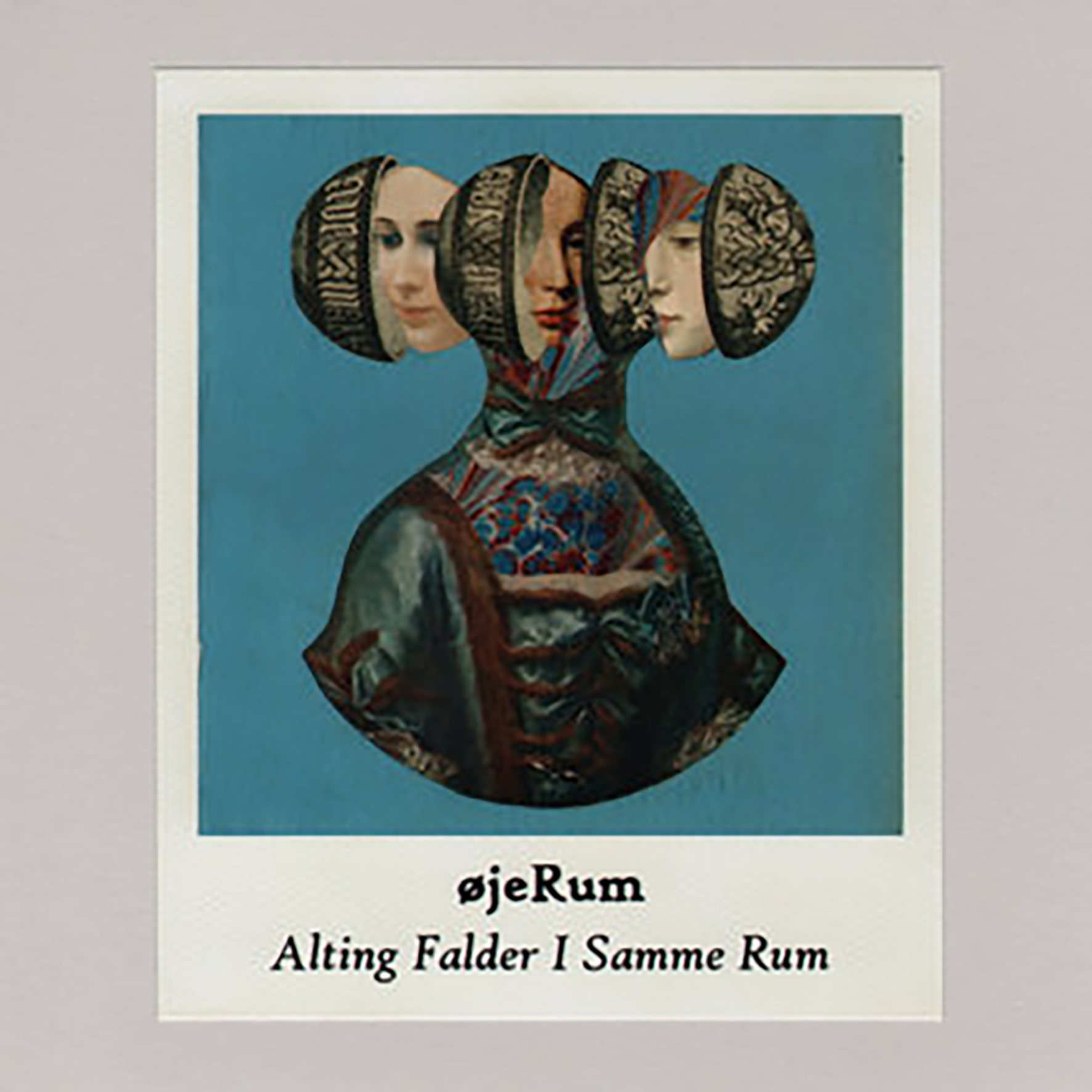 Every now and then, I plan to have a productive evening, get sucked into a Bandcamp rabbit hole, then wonder where the hell my night went. I first encountered Paw Grabowski's √∏jeRum project during one such plunge last year and quickly fell in love with 2018's Selected Organ Works tape. Notably, Grabowski does not seem to share my time-management issues, as he has released roughly ten more albums since then (three of them in the last month). Needless to say, he is a difficult man to keep up with and tracking down which releases are especially inspired is a legitimate challenge. These two recent ones are quite good ones, though they take very different directions. The stronger one is arguably the newer Alting Falder I Samme Rum, which intermittently contains some of the most beautiful examples of Grabowski's blurred, slow-motion vision. Forgotten Works, on the other hand, is exactly what the title implies: a collection of unreleased songs spanning nearly a decade. It is quite a well-curated one though, as the Vaknar label unearthed some surprising gems that had miraculously eluded release up until now.
Every now and then, I plan to have a productive evening, get sucked into a Bandcamp rabbit hole, then wonder where the hell my night went. I first encountered Paw Grabowski's øjeRum project during one such plunge last year and quickly fell in love with 2018's Selected Organ Works tape. Notably, Grabowski does not seem to share my time-management issues, as he has released roughly ten more albums since then (three of them in the last month). Needless to say, he is a difficult man to keep up with and tracking down which releases are especially inspired is a legitimate challenge. These two recent ones are quite good ones, though they take very different directions. The stronger one is arguably the newer Alting Falder I Samme Rum, which intermittently contains some of the most beautiful examples of Grabowski's blurred, slow-motion vision. Forgotten Works, on the other hand, is exactly what the title implies: a collection of unreleased songs spanning nearly a decade. It is quite a well-curated one though, as the Vaknar label unearthed some surprising gems that had miraculously eluded release up until now. In stark contrast to his role in The Holy Circle, Terence Hannum's Brutalism project clearlydraws from noise and black metal, but the end product is distinctly different. The fact that the name is referencing his interest in Brutalist architecture and not the violence associated with various metal genres makes it clear that he is not aping genre clichés but instead using some of those signifiers to create something entirely fresh with The Charged Void.
In stark contrast to his role in The Holy Circle, Terence Hannum's Brutalism project clearlydraws from noise and black metal, but the end product is distinctly different. The fact that the name is referencing his interest in Brutalist architecture and not the violence associated with various metal genres makes it clear that he is not aping genre clichés but instead using some of those signifiers to create something entirely fresh with The Charged Void. On their most recent release, it would seem that The Holy Circle—Erica Burgner-Hannum (vocals, synths), Terence Hannum (also in Locrian, synths), and new member Rob Savillo (guitar) taking the place of drummer Nathan Jurgenson—are refining their sound into something more unique. The gauzy, lush synth production and vocals are still prominent, with a sound rooted in the traditions of early dark synth pop, but Sick With Love sees the band drawing from a wider variety of influences, making for their most accomplished work to date.
On their most recent release, it would seem that The Holy Circle—Erica Burgner-Hannum (vocals, synths), Terence Hannum (also in Locrian, synths), and new member Rob Savillo (guitar) taking the place of drummer Nathan Jurgenson—are refining their sound into something more unique. The gauzy, lush synth production and vocals are still prominent, with a sound rooted in the traditions of early dark synth pop, but Sick With Love sees the band drawing from a wider variety of influences, making for their most accomplished work to date.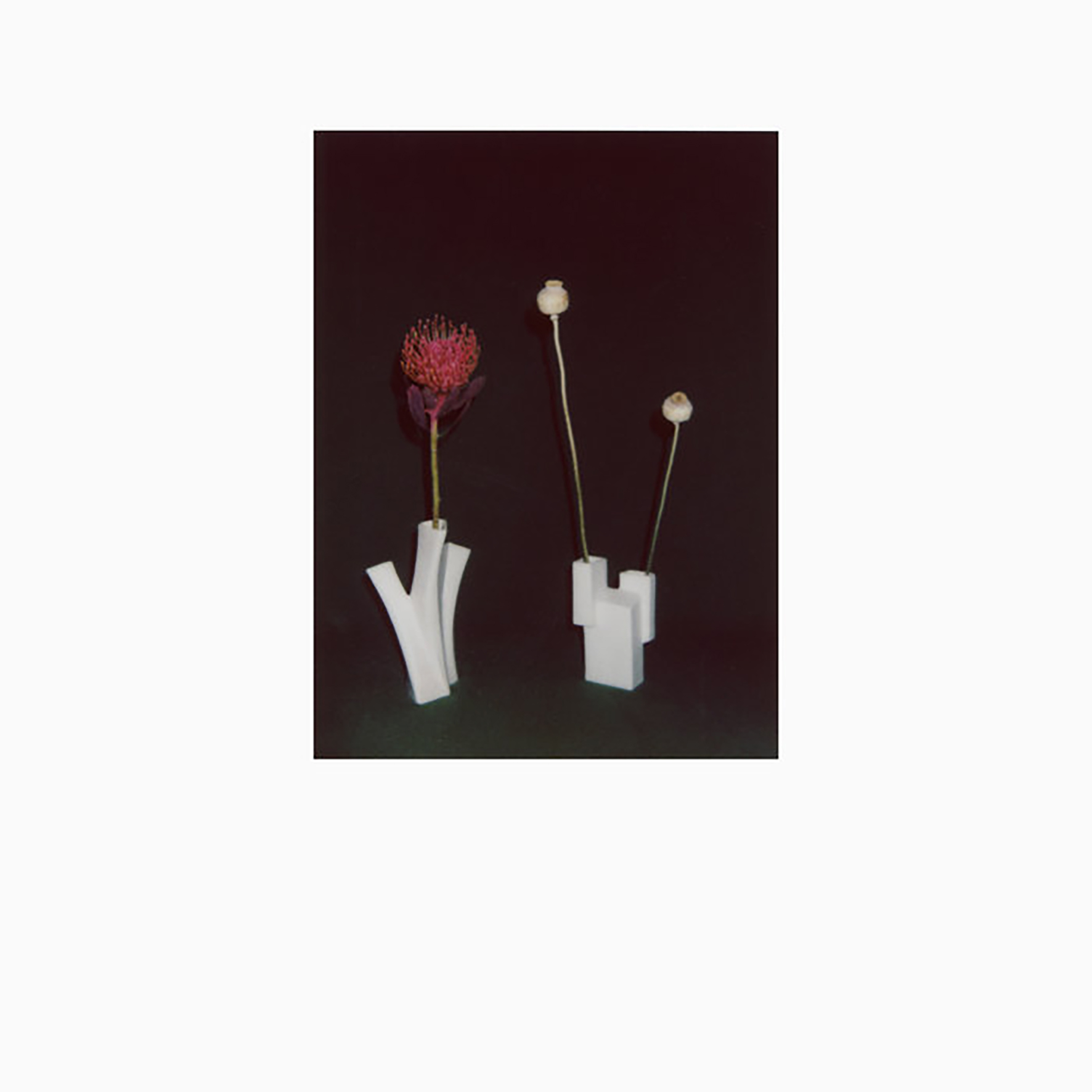 This latest album was composed and recorded in "impersonal hotel rooms in foreign cities" as Atkinson ambitiously toured the world while pregnant, making plenty of field recordings in far-flung locales like Tasmania and the Mojave Desert along the way. I am not surprised that those conditions were particularly amenable for her hushed, dreamlike, and ASMR-inspired vocal work, but I did not expect the underlying music to be quite as fleshed-out and hauntingly lovely as this. While Atkinson cites both Japanese flower arrangement and childhood memories of French impressionist composers as significant influences, her elegantly fragmented and floating reveries are uniquely and distinctively her own. I do wonder if the Ikebana influence was the final missing puzzle piece for Atkinson's artistic vision though, as The Flower And The Vessel strikes me as her strongest release to date. Her aesthetic has not changed all that much (nor would I want it to), but her intuitions for focus, clarity, and balance have definitely become stronger and more unerring.
This latest album was composed and recorded in "impersonal hotel rooms in foreign cities" as Atkinson ambitiously toured the world while pregnant, making plenty of field recordings in far-flung locales like Tasmania and the Mojave Desert along the way. I am not surprised that those conditions were particularly amenable for her hushed, dreamlike, and ASMR-inspired vocal work, but I did not expect the underlying music to be quite as fleshed-out and hauntingly lovely as this. While Atkinson cites both Japanese flower arrangement and childhood memories of French impressionist composers as significant influences, her elegantly fragmented and floating reveries are uniquely and distinctively her own. I do wonder if the Ikebana influence was the final missing puzzle piece for Atkinson's artistic vision though, as The Flower And The Vessel strikes me as her strongest release to date. Her aesthetic has not changed all that much (nor would I want it to), but her intuitions for focus, clarity, and balance have definitely become stronger and more unerring. I first encountered Joseph Allred on a massive compilation of American Primitive guitarists that I believe surfaced on the Dying For Bad Music blog sometime last year, but my ears must not have been working that week, as the experience did not leave a strong impression. In my defense, my ears were likely hopelessly numbed by the sheer volume of relatively similar (and often wonderful) artists who have worked in that vein over the years. John Fahey cast a long shadow and inspired a lot of dazzling instrumental performances, but the best compliment one can pay such an iconoclast is to use the American Primitive style as a mere starting point for a distinctive new vision. And if there is one thing Joseph Allred has (besides virtuosity), it is definitely vision, as O Meadowlark is an impressionistic suite of songs that abstractly chronicles the travails and ultimate transfiguration of Allred's alter-ego Poor Faulkner. Of course, there is a long tradition of storytelling among steel-string guitarists, as it adds some welcome depth and color to what could otherwise just be a mere display of instrumental prowess. To his credit, Allred is on an entirely different level in that regard, as his stories are singularly strange and unique ones and he channels them vividly. This is a fascinating release.
I first encountered Joseph Allred on a massive compilation of American Primitive guitarists that I believe surfaced on the Dying For Bad Music blog sometime last year, but my ears must not have been working that week, as the experience did not leave a strong impression. In my defense, my ears were likely hopelessly numbed by the sheer volume of relatively similar (and often wonderful) artists who have worked in that vein over the years. John Fahey cast a long shadow and inspired a lot of dazzling instrumental performances, but the best compliment one can pay such an iconoclast is to use the American Primitive style as a mere starting point for a distinctive new vision. And if there is one thing Joseph Allred has (besides virtuosity), it is definitely vision, as O Meadowlark is an impressionistic suite of songs that abstractly chronicles the travails and ultimate transfiguration of Allred's alter-ego Poor Faulkner. Of course, there is a long tradition of storytelling among steel-string guitarists, as it adds some welcome depth and color to what could otherwise just be a mere display of instrumental prowess. To his credit, Allred is on an entirely different level in that regard, as his stories are singularly strange and unique ones and he channels them vividly. This is a fascinating release. Much like Brian Pyle’s Ensemble Economique project, Matt Hill’s Umberto guise often falls into a stylistic territory that I have a hard time connecting with. In Umberto's case, that territory is a sort of "retro soundtrack" vision informed by both '80s horror films and spaced-out '70s synth music. Both artists are equally capable of flooring me though and this latest release happily falls into the latter category at several points, as Hill took a more song-based and live instrumentation-driven approach this time around. Admittedly, the resultant stylistic transformation was exactly not an extreme one (or a consistent one), but it is sometimes just enough to push Helpless Spectator out of the Goblin/John Carpenter realm and into something closer to a killer space rock band wielding unconventional instrumentation. That is an extremely cool niche when it works, yet this album shines most brilliantly on the shadowy, synth-driven psychedelia of "Leafless Tree," which is an absolute goddamn masterpiece.
Much like Brian Pyle’s Ensemble Economique project, Matt Hill’s Umberto guise often falls into a stylistic territory that I have a hard time connecting with. In Umberto's case, that territory is a sort of "retro soundtrack" vision informed by both '80s horror films and spaced-out '70s synth music. Both artists are equally capable of flooring me though and this latest release happily falls into the latter category at several points, as Hill took a more song-based and live instrumentation-driven approach this time around. Admittedly, the resultant stylistic transformation was exactly not an extreme one (or a consistent one), but it is sometimes just enough to push Helpless Spectator out of the Goblin/John Carpenter realm and into something closer to a killer space rock band wielding unconventional instrumentation. That is an extremely cool niche when it works, yet this album shines most brilliantly on the shadowy, synth-driven psychedelia of "Leafless Tree," which is an absolute goddamn masterpiece.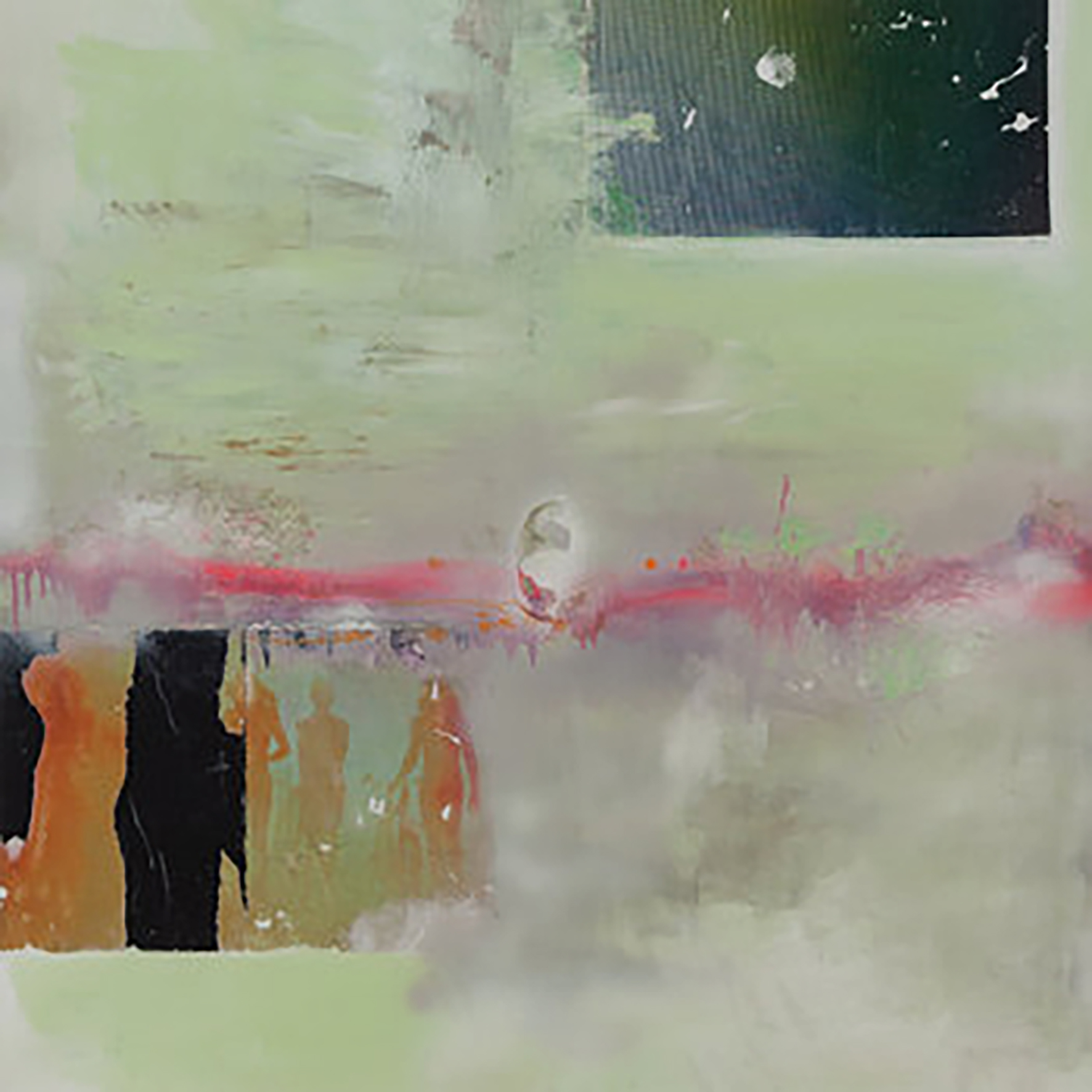 I definitely did not expect any more Black to Comm releases this year (or even next year), as composing and mixing the massive and wildly ambitious Seven Horses for Seven Kings likely kept Marc Richter very busy for a very long time. I woefully underestimated the volume of material birthed from that transcendent bout of inspiration though, as another album is already here and it is another great one. While the two albums originate from the same sessions, Before After is billed as a deliberately composed companion album rather than a collection of orphaned tracks. To my ears, however, it actually sounds like both (in a good way): given the exacting sequencing and arc of Seven Horses, it would make sense if a lot of great songs did not quite fit that particular vision. Most of these eclectic, stand-alone pieces are certainly strong enough to have made the cut for Seven Horses, but I am glad they ultimately wound up on Before After instead, as this album is closer to my preferred aesthetic of playfully experimental and hallucinatory collage.
I definitely did not expect any more Black to Comm releases this year (or even next year), as composing and mixing the massive and wildly ambitious Seven Horses for Seven Kings likely kept Marc Richter very busy for a very long time. I woefully underestimated the volume of material birthed from that transcendent bout of inspiration though, as another album is already here and it is another great one. While the two albums originate from the same sessions, Before After is billed as a deliberately composed companion album rather than a collection of orphaned tracks. To my ears, however, it actually sounds like both (in a good way): given the exacting sequencing and arc of Seven Horses, it would make sense if a lot of great songs did not quite fit that particular vision. Most of these eclectic, stand-alone pieces are certainly strong enough to have made the cut for Seven Horses, but I am glad they ultimately wound up on Before After instead, as this album is closer to my preferred aesthetic of playfully experimental and hallucinatory collage.
